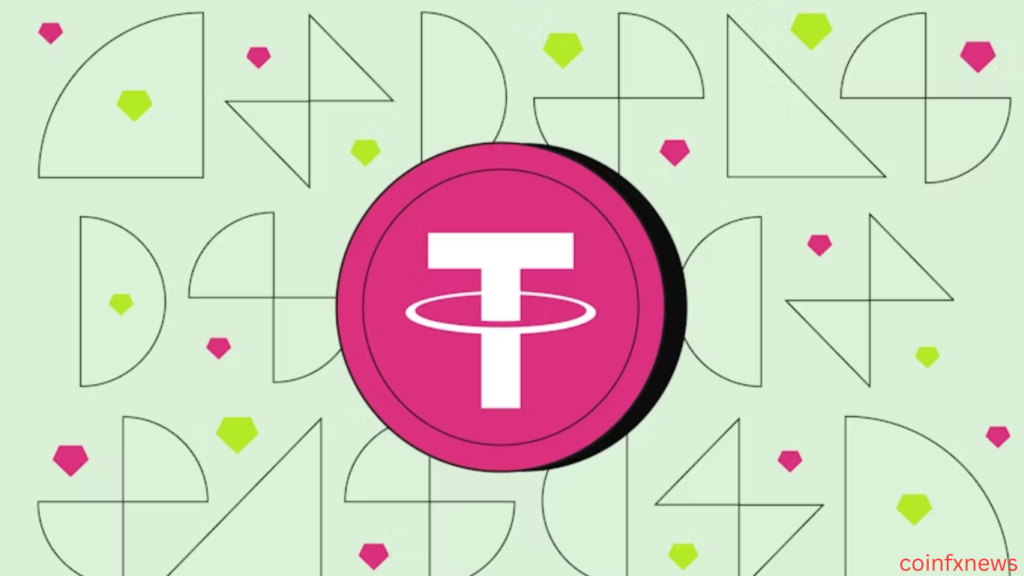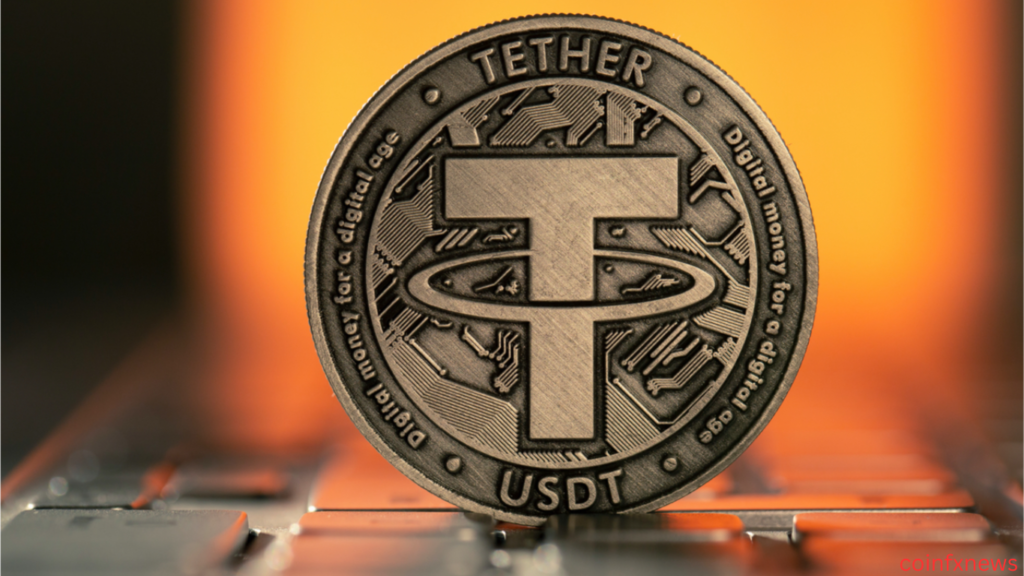Discover the uses of USDT (Tether), a popular stablecoin pegged to the US dollar. Learn how it’s used for crypto trading, saving, remittances, and avoiding market volatility.
Table of Contents
Introduction

USDT (Tether) is one of the most widely used stablecoins in the cryptocurrency world. Pegged to the US dollar, USDT offers a reliable way to store and transfer value without the extreme volatility often associated with other cryptocurrencies. It plays a crucial role in crypto trading, DeFi (decentralised finance), cross-border payments, and digital savings. As a bridge between traditional finance and blockchain technology, USDT provides stability, speed, and convenience for users around the globe.
Uses of USDT
Crypto Trading:
USDT is commonly used as a stable trading pair on crypto exchanges. Traders use it to buy and sell other cryptocurrencies without needing to convert to fiat currencies like USD or INR.
Hedging Against Volatility:
Since USDT is pegged to the US dollar, it acts as a safe haven during market fluctuations. Investors often convert their assets to USDT to preserve value during downturns.
Cross-Border Transactions:
USDT enables fast and low-cost international money transfers, avoiding delays and high fees typically associated with traditional banking systems.
Access to DeFi and DApps:
Many decentralised finance platforms and blockchain applications support USDT for lending, borrowing, yield farming, and staking activities.
Remittances:
Migrant workers and individuals use USDT to send money home quickly and affordably, bypassing traditional remittance services.
Online Payments:
Some merchants and service providers accept USDT as a form of payment, providing users with a digital alternative to cash or cards.
Saving and Storing Value:
With its stability, USDT serves as a digital equivalent of the US dollar, making it ideal for saving funds without worrying about crypto market swings.
Reducing Fiat Exposure:
By using USDT instead of traditional currencies, users can remain within the crypto ecosystem while maintaining a stable store of value.
Is USDT Safe?
USDT (Tether) is generally considered relatively safe for everyday use in crypto trading and transactions — but it’s important to understand both the strengths and risks involved:
Why USDT is Considered Safe:
- Stable Value:
USDT is pegged 1:1 to the US dollar, helping users avoid the volatility of most cryptocurrencies. - High Liquidity:
It is one of the most widely used stablecoins with strong support across exchanges, wallets, and platforms. - Transparency Reports:
Tether publishes regular reports showing its reserves, aiming to prove that each USDT is backed by equivalent assets. - Widespread Adoption:
Trusted by traders, investors, and DeFi users around the world, USDT has become a crypto industry standard.
Risks and Concerns:
- Reserve Transparency:
Critics have questioned whether Tether always holds enough real-world assets to back all USDT tokens fully. While audited reports are improving, full transparency is still debated. - Regulatory Pressure:
Tether has faced scrutiny and legal action from regulators, raising concerns about long-term compliance and oversight. - Centralisation Risk:
Unlike decentralised stablecoins, USDT is issued by a central company. This means your funds can theoretically be frozen or blacklisted. - Counterparty Risk:
Users are trusting Tether Ltd.
Conclusion
USDT (Tether) has established itself as a cornerstone in the cryptocurrency ecosystem, offering stability, speed, and convenience in a volatile digital market. Its wide range of uses — from trading and remittances to DeFi and savings — makes it an essential tool for both beginners and experienced crypto users. While it provides many advantages, such as a stable value and global accessibility, users should remain aware of its centralised structure and associated risks. When used wisely, USDT can be a powerful asset in managing digital finances effectively.
FAQs
What is USDT?
USDT (Tether) is a stablecoin pegged to the US dollar, designed to maintain a 1:1 value with USD for stable trading and transactions.
Is USDT really backed by US dollars?
Tether claims each USDT is backed by reserves, including cash, equivalents, and other assets. However, full transparency and audits have been a subject of debate.
How do I buy USDT?
You can purchase USDT on most major crypto exchanges like Binance, Coinbase, KuCoin, or WazirX using fiat currency or other cryptocurrencies.
Can I use USDT for international transfers?
Yes, USDT is often used for fast, low-cost cross-border payments, bypassing traditional banking systems.
Is USDT safe to hold long-term?
While generally stable, long-term holders should be aware of regulatory and centralisation risks. Diversifying across assets is recommended.
Where can I store USDT?
USDT can be stored in many crypto wallets, including hardware wallets (like Ledger), software wallets, and exchange wallets.
Can I earn interest on USDT?
Yes, several DeFi platforms and crypto lending services offer interest on USDT deposits.
Is USDT decentralised?
No, USDT is issued and controlled by Tether Ltd., making it a centralised stablecoin.
Are there fees when using USDT?
Transaction fees depend on the blockchain used (e.g., Ethereum, Tron, etc.) and the platform handling the transfer.
What are the alternatives to USDT?
Other stablecoins include USDC (USD Coin), BUSD (Binance USD), and DAI, each with varying degrees of decentralisation and transparency


